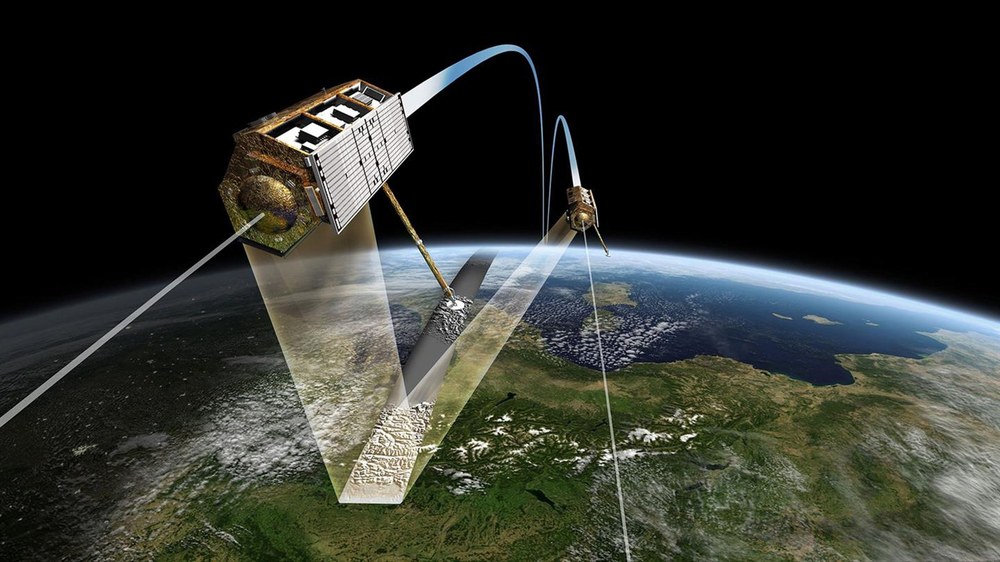Reliable, safety-critical and trustworthy software plays a crucial role in many of DLR's research areas. It is used, for example, to control satellites, to monitor robots, in autonomous aircraft or to control complex experiments on the International Space Station (ISS). But software on the ground, for example in the control room, also has to be extremely reliable. If the system could endanger human life, or if other aspects need to be protected, the software must be developed with special care. This is becoming increasingly important as software assumes greater responsibility for the reliable operation and safety of systems.
The DLR Institute of Software Technology researches and develops reliable software for many of DLR's research fields. This is done in three areas:
Software Engineering for Secure and Reliable Systems
The Institute researches development methods and processes to meet the special requirements of reliable and safety-critical software during software development. The direct applicability of software engineering methods, especially to flight software, plays an important role. The software engineering methods are tested and evaluated directly in flight missions.
Methodological research in fault tolerance and resilience
Software engineering methods to increase the robustness of systems are researched and implemented in projects and flight missions. The research focuses on failures caused, for example, by radiation effects in space or possible cyber-attacks on a system.
Software Quality Assurance
The Institute of Software Technology is the DLR authority on software quality assurance, especially in space. In this area, software developers are supported by software development standards and the software products themselves are made fit for the increased reliability requirements through innovative test and verification methods. One research focus is the use of artificial intelligence in software quality assurance.
Much of the research and development in this area is carried out through active participation in space missions. The Institute is currently involved in about 15 flight missions. Some examples from the above areas:
- Software Development for the MAIUS, BECCAL and CARIOQA Pathfinder Missions: The control software for these quantum-optical experiments on sounding rockets (MAIUS-1 and MAIUS-2), on the ISS (BECCAL) and a planned satellite mission (CARIOQA Pathfinder) is being developed at the Institute. Innovative model-driven software methods are used to generate important modules of the software.
- New methods for fault tolerance and robustness are developed and tested as part of the ScOSA flight experiment on DLR's CAPTn-1 CubeSat. ScOSA is an innovative distributed computing platform for spacecraft that allows applications to be dynamically moved to other computing nodes, e.g. in case of failure, to provide high computing performance with high reliability for space missions.
- For ESA's PLATO mission, the Institute is responsible for the software quality assurance of the instrument's camera data processing system. In addition to supporting developers with quality issues on such missions, the Institute is also responsible for maintaining quality standards to ensure reliable and safe systems.

